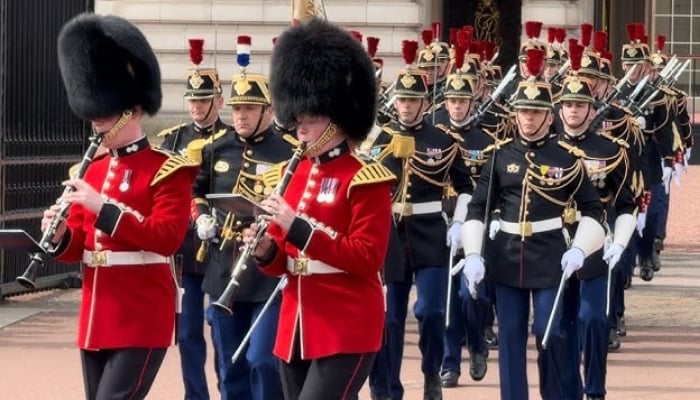
Every king and queen, and even the princesses, have a royal guard standing behind them to protect them. These royal guards are greatly recognised for their eye-catching costumes they wear as well as the unmovable position they take in front of the palaces. This life, however, greatly differs from the life they lead behind the mask.
More Than Just Tradition
Served as a protector and a significant face of the state, royal guards have existed in history for centuries. While they are not more than a photo opportunity to the tourists, the royal guards undergo plenty of military training, which, as stated by many professionals, involves intensive training in combat, intelligence, and crisis management. They must all be able to deal with the threats posed to them at a moment’s notice.
A Life of Discipline and Sacrifice
A royal guard stands still, silent, in the face of harsh weather, dim emotional surroundings, and even for many hours to come. While it sounds daunting, many find joy in the life of “being a royal guard”. This not only describes the way of life the guards choose to lead, but also the culture that the guard is able to experience; a culture where the monarchy is the one that is served.
The Human Side of Guards
The nature these royal guards display is a great contrast to the harsh royal guard life that the royal guards exhibit. During weddings, guards have been reported to support and shield royals from the public, guards can be spotted caring and comforting for them. This goes to show that we are all still human, regardless of the situation.
A Legacy of Loyalty
Since ancient palace printers with spears, the position has always been figured as loyalty and honor. Royal historians argue that guards are the silent shield of the monarchy--airborne every day, always present, not always recognised, yet constantly needed.














